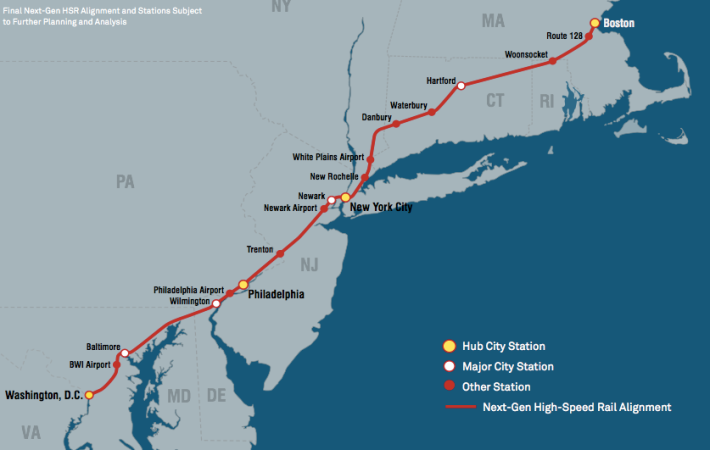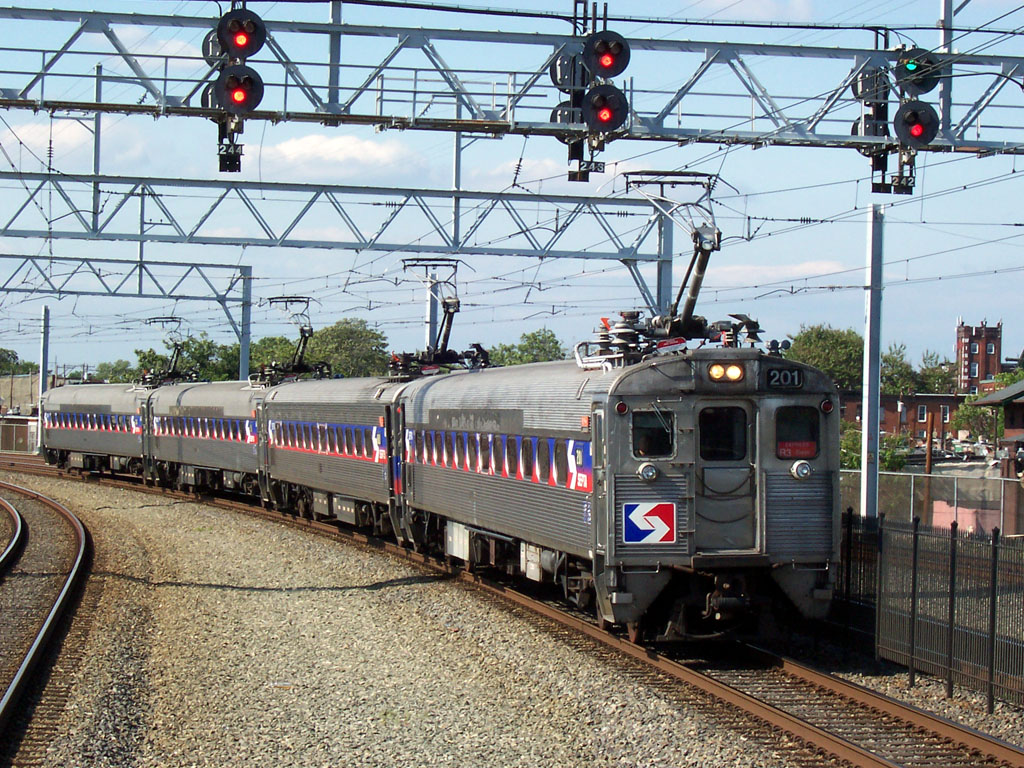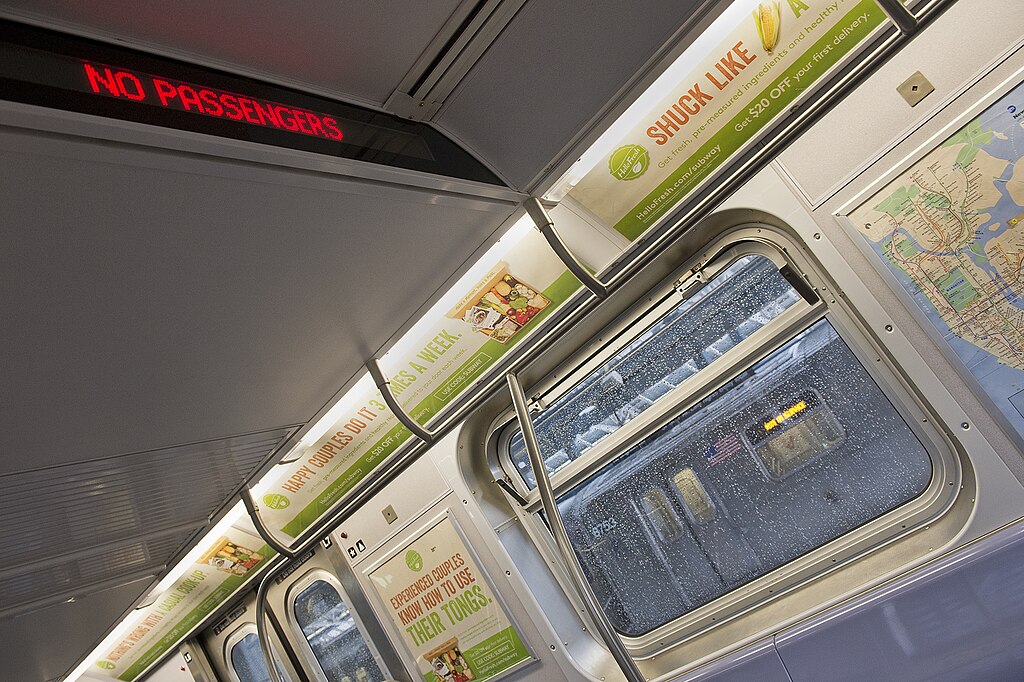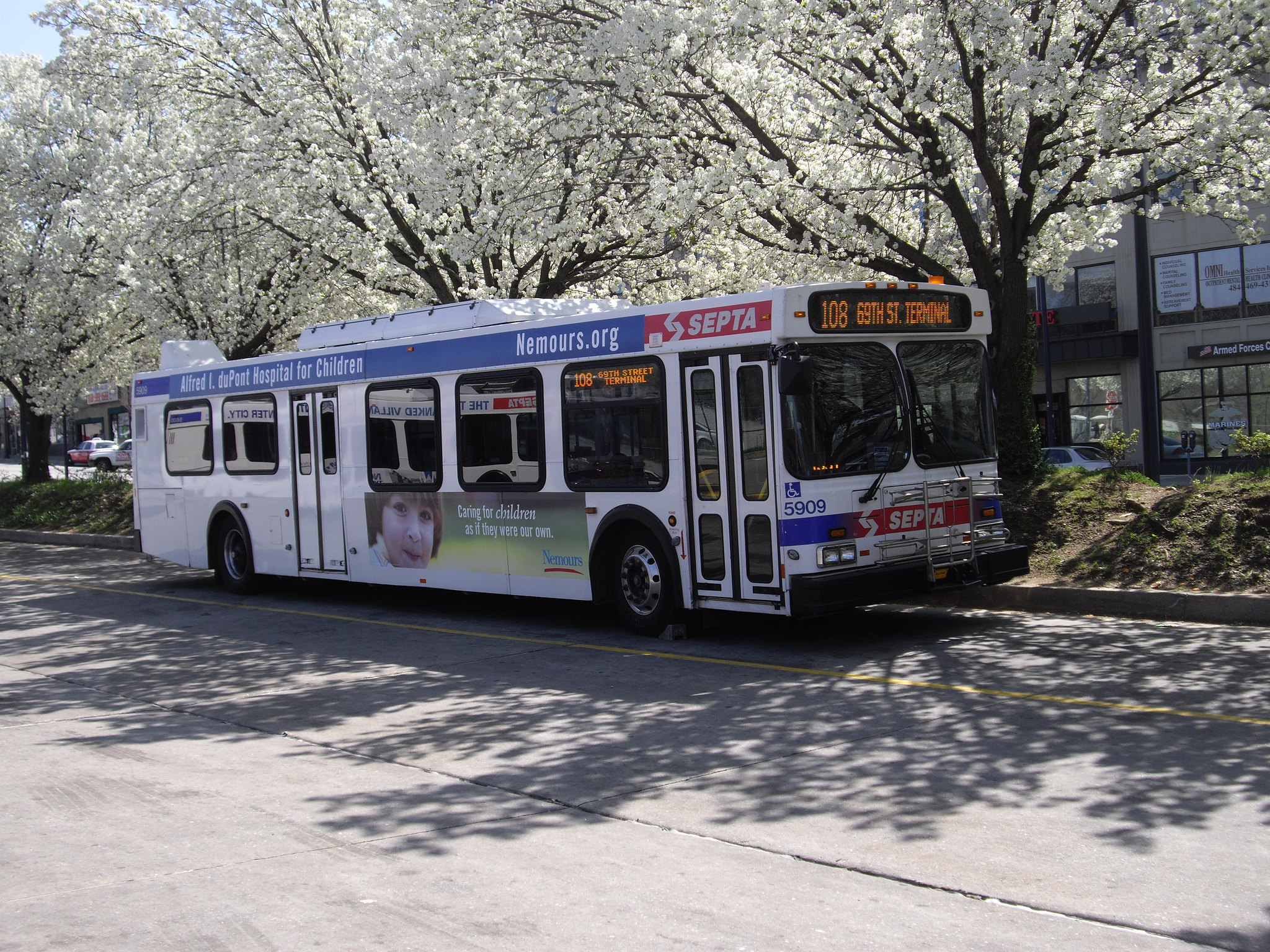Under the House Republicans’ proposal to bring more private competition to the nation’s most valuable transportation asset, the Northeast Corridor would remain in public hands. Transportation Committee Chair John Mica (R-FL) made clear that under his and Rail Subcommittee Chair Bill Shuster’s plan, “the public maintains ownership of the corridor; we’re not giving it to any private firm.”

Mica and Shuster also affirmed their support for a national passenger rail system, but both wanted to find a way to reduce the amount of public subsidy that supports that program. “We will have to subsidize a number of the routes,” Mica said, “because almost every form of transportation is subsidized.” That’s a significantly more moderate stance from a man who accuses Amtrak of “Soviet-style” inefficiencies.
At a briefing on the plan this morning, Mica and Shuster suggested two possible scenarios: in the first, they’d separate the Northeast Corridor’s infrastructure from the operations. Amtrak would become an operating unit under USDOT and it could participate in an open bidding process to become the operator of the rail service. Meanwhile, USDOT could enter into contracts with private firms to build and maintain the 456 miles of track and right-of-way.
Advocates say the ability to turn its full attention to operating trains might not be a bad situation for Amtrak. As Mica said, “It’s very difficult to develop, finance, construct and operate a high speed system.”
Still, that’s the essence of scenario #2: Mica calls it a “turnkey” project, which would provide private companies with an opportunity to “develop, control, maintain, run, and operate” the rail system.
Mica proposes that USDOT narrow down the applicants to two or three bidders, allowing a regional executive committee the final decision about who runs the service.
“Amtrak has made some progress,” Mica admitted. “They finally identified and designated the Northeast Corridor a high-speed rail corridor.” Still, he said the Amtrak plan to do it in 30 years with $117 billion is a failure. Mica says that with private participation, it can be done in 10 years – sort of an L.A.-style 30/10 program for the Northeast – and with far less money. He said he thinks the NEC will be a “cash cow.”
Meanwhile, Mica and Shuster both took great pains to assure organized labor that their interests will be preserved under the new plan. Reaching out to “union brothers and sisters,” they said union wages and benefits would be maintained and employment would be expanded as the service grew.
Democrats reacted to the plan with a fire usually reserved for birthers and death panelists. “This plan is a death knell for passenger rail service from coast to coast,” said the committee’s ranking Democrat, Nick Rahall (D-WV). “Privatizing this profitable corridor will not merely affect train service in that region; it will have a devastating domino effect from coast to coast, leaving trains stuck at the station across the nation.”
Rahall called the plan a “partisan,” “ideological assault on passenger rail service.”
Sen. Frank Lautenberg (D-NJ), author of the law that reauthorized Amtrak in 2008, said the plan “to privatize rail on the Northeast Corridor would increase costs for passengers and make rail travel less reliable” and vowed to fight the plan in the Senate.
But other rail advocates are cautiously optimistic. Former Pennsylvania Governor Ed Rendell, co-chair of Building America’s Future, called in to the briefing to “congratulate” Shuster and Mica for their leadership, and said that while he’s a big fan of Amtrak, he knows the federal government isn’t going to come up with $117 billion to devote to the NEC.
Petra Todorovich of America 2050 said, “Without having seen the details, my sense is that this is a great first step for thinking about how to implement world-class high-speed rail on the Northeast Corridor.”
Still, she’s afraid that it neglects a critical element: the $8.8 billion maintenance backlog on the corridor. Amtrak hasn’t been provided the resources to maintain a state of good repair on the system, Todorovich said. She said every country that has developed high-speed rail has first dedicated sizable public investment in the infrastructure. She said the private sector will participate, but they’ll want a return on their investment.
“The Northeast Corridor is an asset that’s deteriorated and requires 8.8 billion of investment upfront to bring to a state of good repair,” she said. “What private company is going to come in and spend almost $9 billion before they can even start making investments that would allow them to run high-speed trains?”
The Northeast Corridor (specifically the Acela service) is Amtrak’s only money-maker, and the profits have been used to subsidize other, money-losing routes which Congress mandates Amtrak run as a public service. Rep. Shuster noted that the public subsidizes the average Amtrak trip to the tune of $118 per passenger, with that number growing to almost $408 for some routes, like the Sunset Limited between New Orleans and Los Angeles.
So what would privatization of the NEC mean for those other corridors? Todorovich points out that the help the Northeast offers other corridors isn’t that great: the NEC netted just $61 million last year. She said some of that could be made up with a national passenger rail ticket surcharge, which would reach even routes like California’s emerging high-speed rail line, which will be operated independently and would, therefore, not pump money back into Amtrak.
Besides, Todorovich said, “whether it’s the Northeast’s obligation to subsidize other corridors nationally is a question.”
She did have other concerns about the proposal to privatize the Northeast Corridor, however. “There’s always been a bipartisan coalition in Congress, anchored in some places by rural representatives who care about those long-distance services,” Todorovich said, “and there is some fear that breaking the Northeast Corridor off would upset that national coalition.”
Mica said today’s briefing opens a public comment period between now and Friday, during which time the committee will accept input about the plan. He said this first element of the reauthorization bill will be introduced next Tuesday and marked up Wednesday, meaning the committee will finalize the bill, approve it, and send it to the full House for a floor vote.
Mica said the full reauthorization will be introduced in the week following the July 4 recess, with a markup scheduled for July 12.





